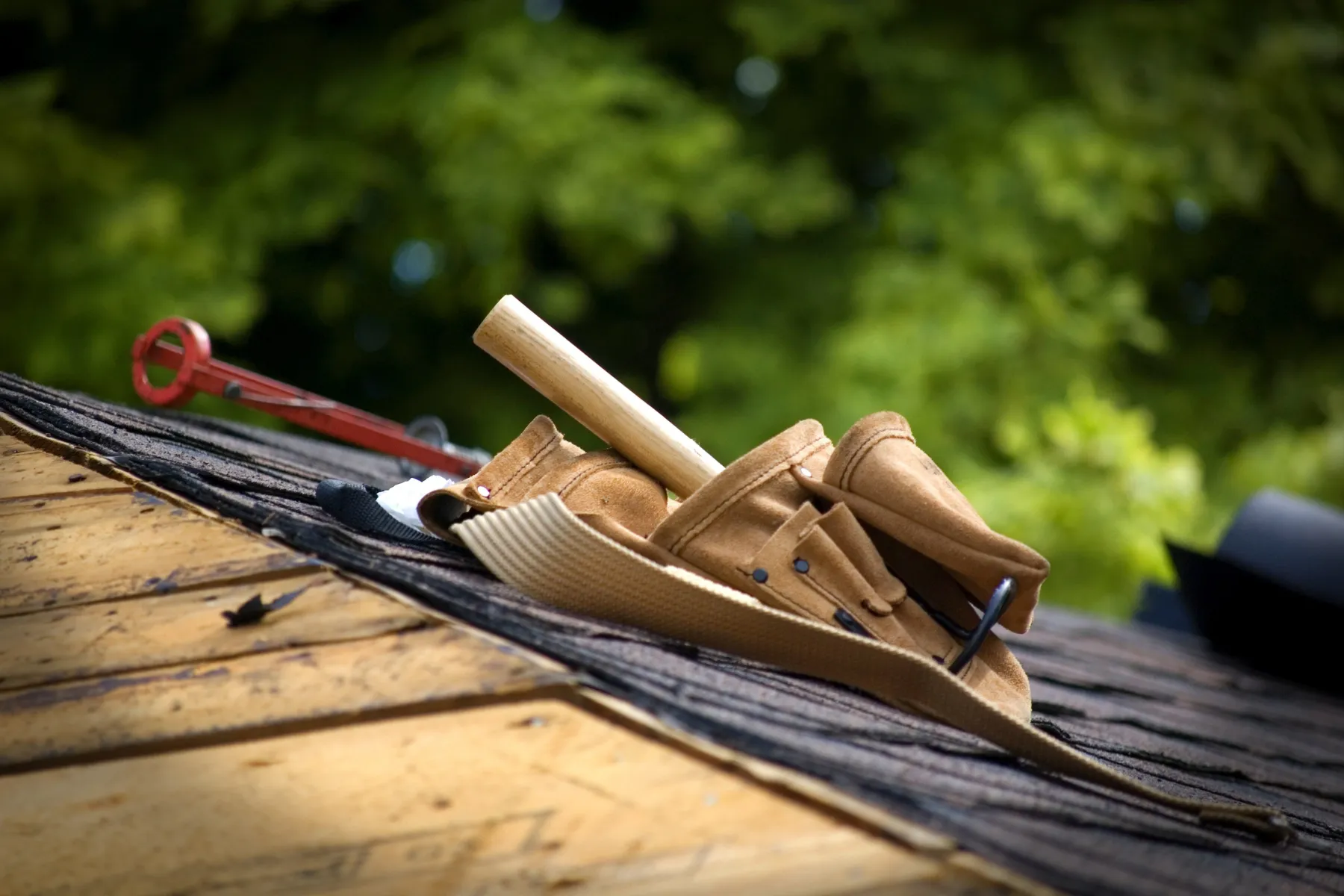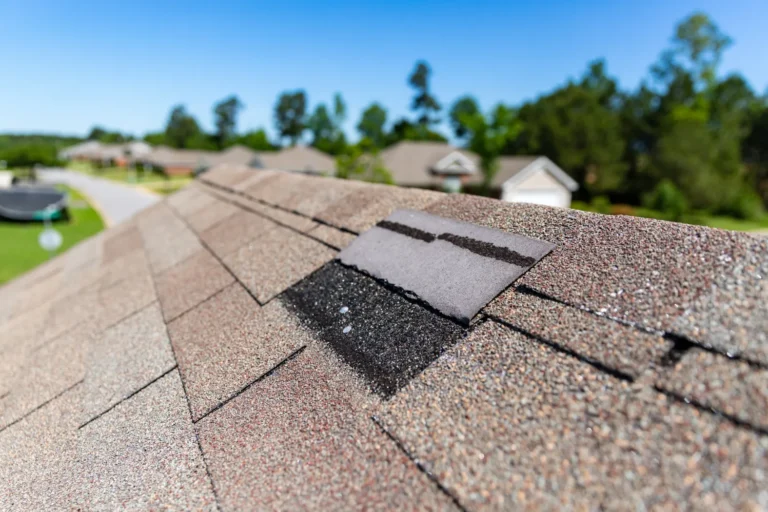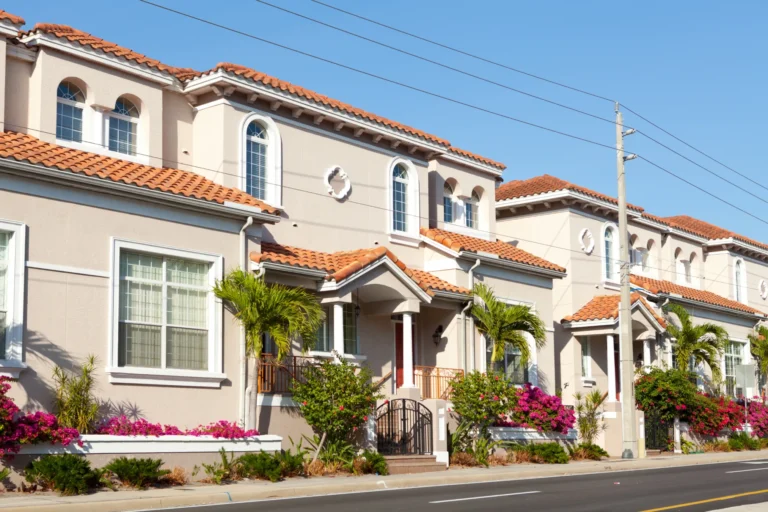
Is It Time for Roof Repairs? Signs Your Property is Due for Them

- Visible Wear and Tear on the Roof’s Surface
- Water Stains and Leaks Inside the Property
- Increased Energy Bills
- Roof Age and Maintenance History
- Presence of Mold or Mildew
Typical asphalt shingle roofs last 15–25 years, with Florida’s harsh climate sometimes shortening that span. Ensuring the safety and integrity of your property is essential. Your roof is critical in protecting everything inside, from business operations to personal belongings. However, roofs are often out of sight and, consequently, out of mind. Many property owners don’t realize that their roof requires repairs until the damage becomes severe. Whether you manage commercial properties, residential buildings, or your home, early warning signs can help you stay ahead of the curve and keep your property safe and secure.
Visible Wear and Tear on the Roof’s Surface
The first and most obvious indicator that your roof may need attention is visible wear and tear on the surface. As your roof ages, it’s exposed to various weather conditions, from rain and snow to intense sun and wind. Over time, these elements can cause shingles, tiles, or other roofing materials to deteriorate.
Look for signs such as:
- Cracked, curling, or missing shingles
- Bald spots or areas where granules are worn away
- Dents or punctures in roofing materials
- Rusting or corrosion on metal roofs
- Broken or damaged flashing
These signs of visible damage should not be ignored. Left untreated, they can lead to leaks and further damage to the structure of your property.
Water Stains and Leaks Inside the Property
One of the most concerning signs of a roof problem is water stains or leaks inside the property. If you notice water spots on your ceiling, walls, or floors, this could be a clear indicator that your roof is compromised. Leaks can occur due to cracked or missing roofing materials, damaged flashing, or clogged gutters.
Addressing these issues quickly is key, as water infiltration can lead to further complications like mold growth, wood rot, and structural damage. In commercial spaces, leaks can disrupt operations, damage inventory, and create unsafe working conditions.
Increased Energy Bills
Roof insulation that has deteriorated from age or moisture can lose up to 40% of its effectiveness, causing energy costs to rise. If you’ve noticed a significant spike in your energy bills, it could be a sign that your roof is no longer functioning as efficiently as it should. A well-maintained roof helps regulate indoor temperature by keeping hot air inside during the winter and blocking heat during the summer.
When the roof’s insulation is compromised due to cracks, holes, or general wear, the building’s HVAC system has to work harder to maintain a comfortable temperature. As a result, your energy bills increase. This is particularly important for commercial property managers, as increased energy costs can impact your bottom line.
Roof Age and Maintenance History
Another key factor in determining whether your roof needs repairs is its age and maintenance history. Roofs typically last 20 to 25 years, depending on the material and the climate. Florida’s consistently harsh climate year-round makes routine maintenance that much more important.
Roofs and Their Expected Lifespan:
- Asphalt Shingles: 15-25 Years
- Metal: 40-70 Years
- Clay Tiles: Up to 100+ Years
- Modified Bitumen: 10-20 Years
- TPO: 10-20 years
If your roof is approaching or has surpassed this age, it’s wise to have it inspected regularly, even if there are no visible issues.
You’ll also want to consider the roof’s maintenance history. A roof that hasn’t been regularly inspected or maintained is more prone to developing problems. Neglecting minor issues can lead to major repairs or even the need for a full, complete replacement. Regular inspections by a professional roofing company, like Dried-In, can catch small issues before they become costly disasters.
Presence of Mold or Mildew
The presence of mold or mildew on the roof, walls, or attic space is another strong indicator that your roof may need repairs. Mold and mildew thrive in damp environments, so if moisture is getting into your home or commercial property due to roof damage, mold and mildew can grow in areas that are hard to reach or detect.
Look for mold or mildew growth signs in areas like your attic, crawl spaces, or walls. If you notice a musty smell or if mold spots are visible on your ceiling or walls, it’s impossible to have your roof inspected immediately. Mold can spread quickly and cause health issues for occupants, so addressing this issue as soon as possible is essential.
Protect Your Property by Staying Proactive
Whether you own a home, manage a commercial building, or oversee a property portfolio, your roof is a key component of maintaining the safety and value of your investment. The signs of roof damage aren’t always obvious, but regular inspections and prompt attention to issues can save you money, time, and hassle in the long run.
If you suspect your roof may need repairs, don’t wait for the problem to worsen. Contact Dried-In today to schedule a thorough roof inspection. Our expert roofers are ready to help you protect your property, whether you’re dealing with a commercial building, rental property, or your own home. Trust us to keep your roof in the best possible condition and ensure peace of mind.
Frequently Asked Questions
What are the most common signs a roof needs repairs?
The most common signs include missing or damaged shingles, bald spots, roof leaks, interior water stains, mold or mildew growth, and sudden spikes in energy bills. These issues suggest underlying damage that could worsen if ignored.
How often should a commercial or residential roof be inspected in Florida?
In Florida’s harsh climate, roofs should be inspected at least once a year—preferably before and after hurricane season. Commercial property managers may benefit from biannual inspections due to higher wear and tear.
Can increased energy bills really be caused by roof issues?
Yes. When your roof insulation or ventilation is compromised due to damage, your HVAC system must work harder to regulate temperature. This often leads to a noticeable increase in energy costs.
How long does a roof typically last in Florida?
Roof lifespan varies by material and climate. In Florida:
Asphalt shingles: 15–25 years
- Metal: 40–70 years
- TPO: 10–20 years
- Modified Bitumen: 10-20 years
- Tile: Up to 100+ years with proper maintenance
Heavy storms, humidity, and heat can shorten these lifespans without proper upkeep.
What should I do if I see mold or mildew near my roof or attic?
Mold or mildew suggests moisture intrusion, which can be a result of roof leaks. This should be addressed immediately. Call a professional roofer like Dried-In for an inspection to locate and fix the source before structural or health issues worsen.
You May Like

Showcasing Excellence: Dried-In’s Signature Projects During National Roofing Week
Seven Shores Amenity Buildings Beachmoor Condo Boca Grande Residence Sarasota Residence Honoring Roofing Excellence At Dried-In Roofing, excellence isn’t just a goal, it’s our standard. That’s why we’re proud to participate in National Roofing Week, an annual celebration led by the National Roofing Contractors Association (NRCA) to highlight the importance

Roof Damage Identification Checklist After a Florida Storm
Preparing for the Inspection Visual Inspection of the Roof Surface Inspecting Gutters and Downspouts Interior Signs of Roof Damage Assessing Surrounding Areas and Debris Living in Florida means you’re no stranger to the unpredictable nature of storms, especially during Hurricane season. High winds, heavy rains, and flying debris can all

Florida Condo Association Roof Compliance Checklist
Understanding Florida Roof Compliance Regulations Assessing Roof Condition and Maintenance History Ensuring Proper Materials and Installation Evaluating Insurance and Liability Issues Communicating with Residents and Board Members Owning or managing a condo association in Florida comes with its unique set of responsibilities, and one of the most important is ensuring
